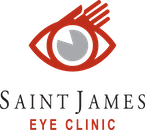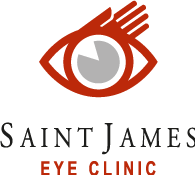Like any surgical procedure, SMILE involves some risk of unsuccessful results, complications or serious injury, from unknown and unforeseen causes.
Although the vast majority of our patients experience a significant improvement in their vision, neither the surgeon, nor the optometrist, eye clinic and its staff, can promise or guarantee that the procedure will be 100% effective or make vision better than it was before the procedure.
During the preoperative examination, the chances of seeing well without glasses or contact lenses after one surgery will be conveyed to the patient based on their level of refractive error.
There is a small possibility that the procedure or a complication arising from the procedure could cause vision to be blurred either temporarily or permanently, doubled, distorted, or have halos or other disturbances, and that these would NOT be correctable with glasses or contact lenses.
If this occurs, the surgeon will discuss and advise on further treatment, which may involve medications and/ or more surgery. If the outcome cannot be corrected by medications or external surface corneal surgery, the only way of restoring vision may be a corneal transplant.
It is believed that with current techniques and technology, the combined risk of all causes of a corneal transplant being necessary is approximately one in 20,000 or less.
Halos and starbursts
With the all-new SMILE technique the treatment is well designed to reduce the incidence of halos and starbursts. However, some patients do not see clearly at night or dim light and may notice glare and starbursts around the lights and illuminated objects after the procedure.
This may be a temporary phenomenon or rarely a permanent problem. This is more commonly seen in patients with high levels of short sightedness or long-sightedness and for patients with larger than average pupil size.
Equipment malfunction
Rarely the equipment can fail to operate and can produce undesirable results. However our maintenance standards are equivalent to the best in the world and tested by technicians from Zeiss. The instrument goes through a testing protocol before each surgery.
Under- or over-correction
SMILE surgery corrects precise amount of tissue to correct the desired refractive power. However rarely under and over correction of results is possible and it may require retreatment or use of glasses or contact lens
Light sensitivity and fluctuating vision
SMILE reduces the chance of light sensitivity and fluctuation of vision in most cases by precise correction and removal of tissue. But rarely light sensitivity and fluctuation of vision is possible, which will stabilize in most cases by 1 to 4 weeks. In 1% of cases it may be permanent.
Dry eyes
SMILE reduces the chance of dry eyes due to less chance of cutting the corneal nerve, since the corneal flap is not developed in this form of treatment.However, in some cases, dry eyes is possible and it can be treated with eye lubricants or punctal occlusion.
Optical imbalance
If the surgeon performs the procedure on each eye on different days, in the interim period the eyes may not be able to balance and focus properly until the procedure is performed on both eyes because there will be a power difference between the two eyes.
Regression
The cornea is living tissue and once any part of it is removed to reshape the cornea and correct the refractive error, it can re-grow and thicken to compensate for the changes in the shape. Therefore some effect of the correction may decrease over time and patient may require either further treatment or correction using glasses or contact lenses.
Corneal ectasia
A certain amount of corneal tissue must remain after the SMILE procedure. This is believed to relate to the long term stability of the cornea. In rare instances, less tissue is left and this may lead to bulging of the cornea thus reversing the intended flattening effect of the treatment, or it can lead to progressive corneal deformity with thinning and increasing curvature changes, and the cornea can develop an irregular shape.
The progressive corneal deformation is called ectasia, sometimes requiring collagen cross linking or corneal transplant. This complication may occur in 1 out of 10,000 cases.
Diffuse lamellar keratitis (DLK)
1 in 500 patients experience a temporary inflammatory reaction beneath the corneal surface. This condition has been called “Sands of Sahara” or diffuse lamellar keratitis also known as “DLK”. The exact cause of this complication has not been identified, and is likely due to many different factors.
Patients with DLK may not show any symptoms at all or may experience blurred vision and tearing, which can last from several days up to several weeks, and which can delay the healing process.
DLK generally can be treated with topical and/or oral steroids, occasionally with possible need for surgical intervention (the surgeon irrigates beneath the corneal surface).
Other rare side effects
Epithelial in-growth, vascular occlusion, Microscopic corneal surface irregularity, infection, haemorrhage, blockage and other unforeseen complications which may or may not be directly related to the surgical procedure, can occur rarely.



